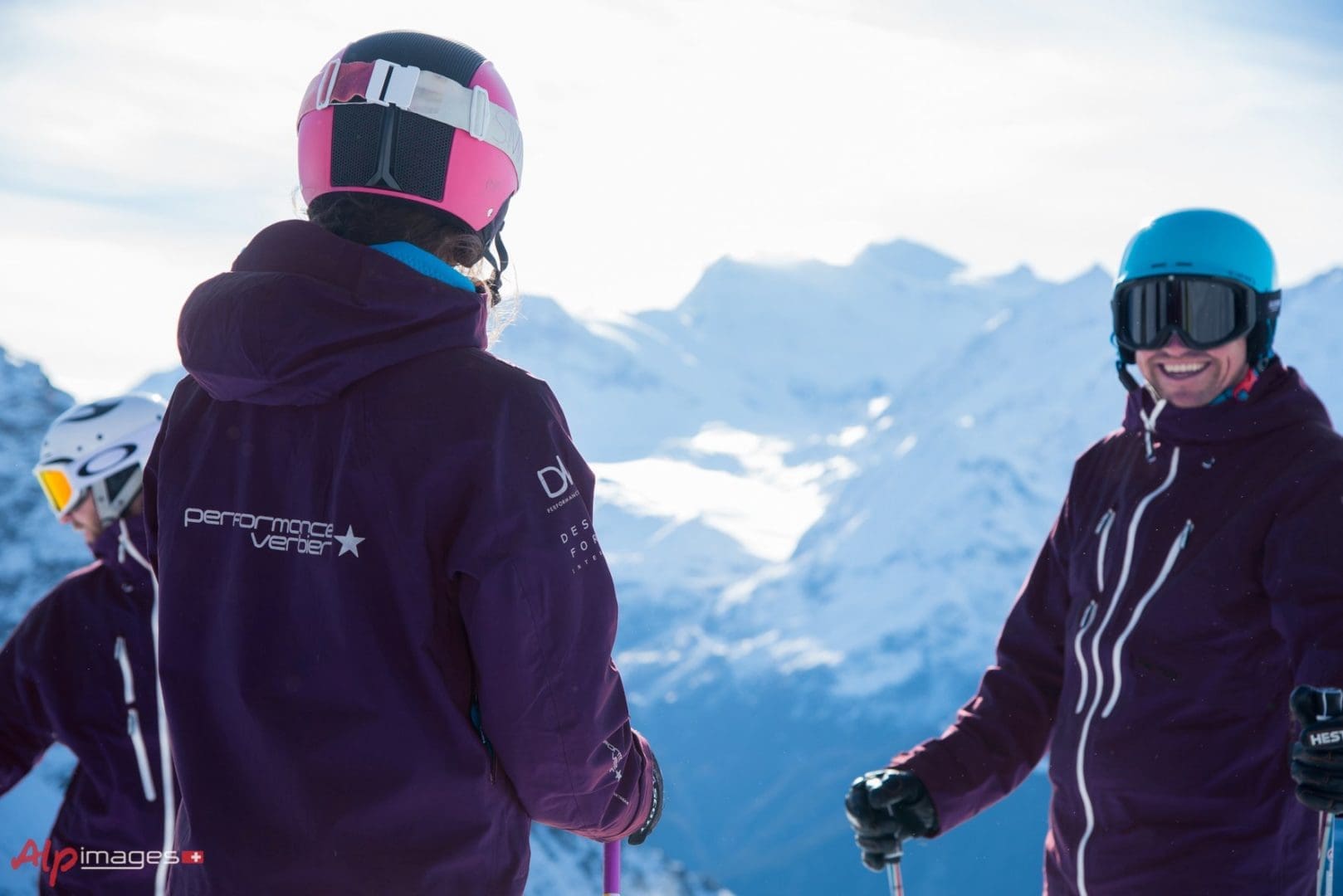Verbier Skiing Lessons
You never stop learning – unless, of course, you bunk off. We spoke to Toby Mallock, co-director of the private lesson specialist Performance Verbier, to explain the benefits of Verbier skiing lessons, even to experienced skiers
Surely, once you’ve learnt to ski, you’ve learnt?
Verbier skiing lessons are essential, as in any sport which involves huge amounts of coordinated movements, be it golf, tennis or skiing, there is always an improvement you can make or a challenge you can set yourself. People might think I’m just being a salesman, but it’s the reality. Skiing is an open sport – unlike, for example, cricket or tennis, where the playing area is a specific size and shape. You find yourself in different circumstances – it’s steeper or narrower; there are dangers like rocks and cliffs; you’re faced with changing snow conditions; you’re wearing a rucksack so your centre of gravity has changed. All of these things affect you, physically and mentally, just as much as a steep bit on a red run affected you back when you were an intermediate.
What are the common defects in advanced skiers’ techniques, as opposed to those of beginners or intermediates?
It’s all the same physics. The same flaws people get stuck on as intermediates come out again – upper-body rotation and leading with the shoulder; not flexing enough; speed of movement when changing direction. They’re not as profound as before and won’t stop you skiing blue and red runs well, but the more challenging the terrain, the more they’ll hold you back.
What is Performance Verbier’s overall teaching philosophy?
Our first job is to discover what the client wants and to take that as our guiding principle. The lessons will be built around achieving the best result in the time available. Sometimes, clients say, “I mainly want a guide but if you give me some tips along the way, that would be great.” But the more advanced the skier, the more you need to work hard on those corrections to get results. So we would encourage people to be bold and commit the time to a series of private lessons. However, we do aim to provide great skiing experiences more than lessons.
Is there a specific style of teaching you use?
Again, that is tailored to the client – which is one of the advantages of private lessons over a class, as well as the dedicated teaching time. People learn most effectively in different ways. Some like a direct, technical explanation of what they have to do; others only really understand something when they feel it. I often find it useful to encourage people to express their personality in their skiing style. I often say, “You’re a relaxed, happy-go-lucky guy when we’re talking on the chair lift – try to ski like that too”.
A lot of good piste skiers suddenly flounder in deep snow, don’t they? Is it easy to improve that off-piste technique?
It’s largely a psychological barrier. The first question I’m asked about off-piste is almost always, “How much do I need to lean back?” It’s possibly the most persistent myth in skiing. Your weight should be over the centre of your feet rather than your toes but it’s a marginal difference. I tend to lead people from the piste straight into some powder off the side for a few turns to show there’s no difference, then build up their confidence from there.
Off-piste is not always powder, though, is it?
What we ski instructors like to call “variable snow conditions” – crud, chopped up powder, bumpy deep snow – is actually my favourite type of snow, because it makes you work and think. I always tell good skiers to put a bit of personality into it – use a bump to turn in the air, for example; make big, wide turns if it suits you instead of feeling like you have to do short, tiring, punchy turns.
So is that the big improvement experienced skiers can make with lessons: adaptability?
In a day across the Four Valleys you will encounter everything – groomed piste, the Tortin bumps, some powder on the itinerary of l’Éteygeon, and some sun-baked crust on the way home. If you can charge through variable terrain with confidence, it’s the best feeling ever. It’s like the thrill of rally driving, compared to track racing. The essence of skiing is enjoying any conditions you encounter, and not being obsessed with the pursuit of perfect snow.

